Mammillaria schiedeana pack of 20 seeds
₹199.00
Out of stock
Email when stock available
25-30°C
Sowing Temperature
Mammillaria schiedeana Origin and Habitat: Mammillaria schiedeana is endemic to Mexico in the states of Guanajuato, Hidalgo, Querétaro, San Luis Potosí, and Tamaulipas. It has a restricted range (extent of eccurrence less than 20,000 km2)
Altitude: It occurs at elevations of 1,100 to 1,600 metres above sea level.
Mammillaria schiedeana Description: Mammillaria schiedeana is a slow growing attractive cespitose cactus, with short, closely interwoven, hairy spines. It is somewhat soft in texture. Three subspecies are recognized, the nominate subspecies, subspecies dumetorum (J.A.Purpus) D.R.Hunt and subspecies giselae (Mart.-Aval. & Glass) Lüthy.
Habit: It is solitary to densely caespitose. The size and shape of the stems is somewhat variable from small evenly flattened rounded tops merging together very low to the ground, to form even mounds with larger headed, separately standing stems.
Roots: Thick root.
Stem: Globular flattened, more or less rounded at the top, dark green, soft-fleshed, 2,5-10 cm tall 4 to 6 cm. thick.
Tubercles: Green, close together, terete, long and thin, tapering toward the tips, without latex, 6-10 mm long; axil with long bristle-like white or yellowish hairs protruding above the tubercles or absent.
Spines: Dimorphic with two distinct young and mature forms.
Spines of juvenile seedlings: Less than 20, all radials, pale yellowish-white, conspicuously plumose (feathery), gradually increasing in number as plant ages.
Spines in the upper part of flowering stems:
Radial spines: Very numerous (as many as 120) in several series, white to pale cream with yellowish bases, spreading, fine, bristle-like, puberulent, 2-5 mm long, tips hairlike.
Central spines: 6-10, raylike and addpressed against the radials, a little stouter, feathery, yellow that turn white.
Flowers: White to cream-coloured, 8-15 mm long; inner perianth segments white; filaments white, style cream-coloured; stigma lobes 4, short, obtuse.
Blooming season: It produces ring after ring of flowers throughout most of the winter.
Fruits: Red, narrow in late summer.
Seeds: Black.l.
| Number of Seeds | 20 |
|---|---|
| Germination Temperature | 25-35C |
Add a review Cancel reply
You must be logged in to post a review.
Related products
cactus and succulent seeds
Gymnocalycium mihanovichii seeds Variegated Seeds pack of 15-20 seeds
cactus and succulent seeds
Carnegiea gigantea (Saguaro) Seeds rare Cactus Seeds Pack of 20 seeds
cactus and succulent seeds
cactus and succulent seeds

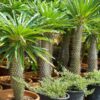
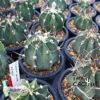
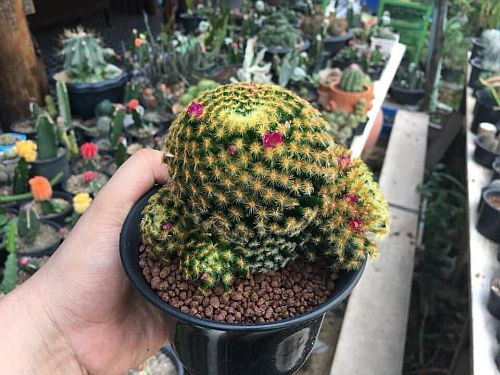

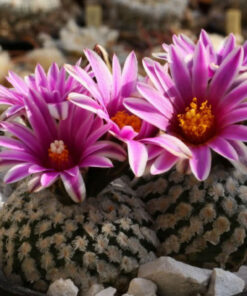
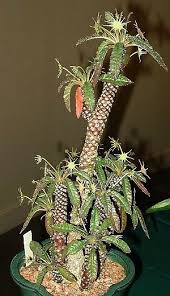
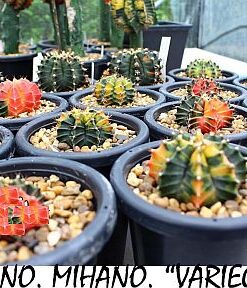
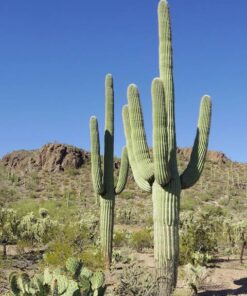
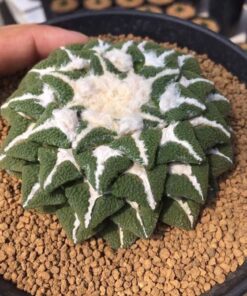
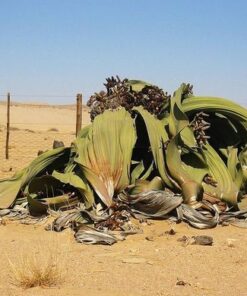
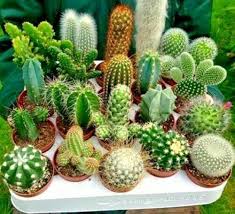
1 review for Mammillaria schiedeana pack of 20 seeds